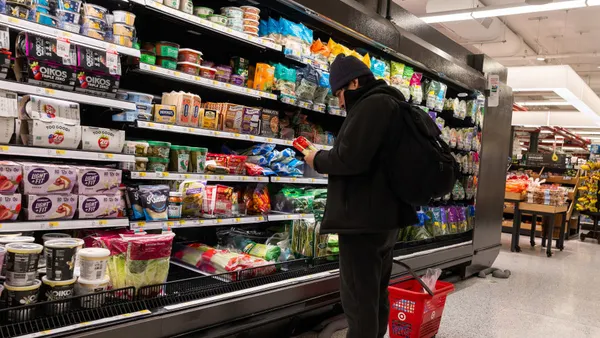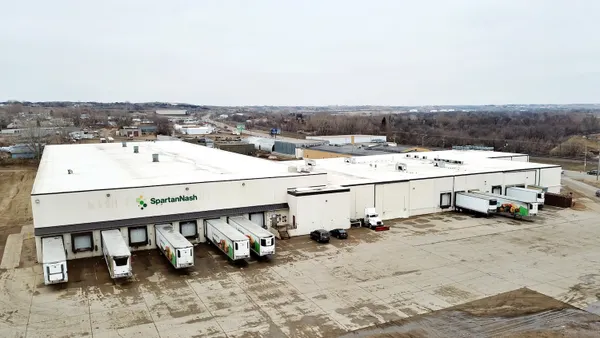Dive Brief:
-
Nearly two-thirds of consumers prefer better prices over the hottest technology in grocery and retail, according to a survey by savings aggregate Ultimate Coupons. Of the 400 respondents, 36% said they would, however, welcome new technology to enhance their retail experience.
-
Ultimate Coupons, a site that helps shoppers compare prices across retailers, initiated the survey as retailers invest in self-checkout apps and kiosks, digital price displays and grocery pick-up services, the company said in an email.
-
Every demographic seeks coupons, the company says, and the use of digital coupons sent via app or beacon technology — where small devices placed throughout a store ping customers’ phones, in this case with instant promotions — is on the rise.
Dive Insight:
A majority of consumers are interested in location-based, in-store mobile coupons, according to Zebra Technologies survey of 2,000 shoppers. App-based promotions can also resolve a third of out-of-stock incidents. Coupons, in other words, don’t have to disappear at the expense of investments in technology.
But digital coupons might not yet be where retailers can achieve maximum impact. In 2017, eight of 10 coupons were redeemed from traditional print media, according to NCH Marketing, leaving about 12% redeemed digitally. That number jumped halfway through 2018, however, to more than 15% paperless redemption. Food coupons account for about a quarter of distributed savings, per NCH, and consumers take advantage of them 50% of the time.
Especially as millennials become parents, retailers would be wise to remember how previous generations used coupons. A majority of millennials with children regularly download loyalty offers from retailers, according to Valassis. In fact, Gen-X and Gen-Y parents use grocery coupons at the same rate of 55%, only slightly lower than Baby Boomers’ 61% rate. Younger generations might actually plan more before they shop in brick-and-mortar retail, given the modern reality of online shopping and immediate price comparisons.
Retailers can also meet the new generation of consumers in areas outside of food, where 70% of coupons originate. Coupons could attract shoppers to those non-food segments grocers have realized can be so lucrative, in household, health and beauty lines, as Inc. noted in 2017. Meal kits, which have increasingly found a home on grocery shelves at the likes of Raley’s, Walmart and Kroger, could also respond to coupon offers: Eighty-two percent of consumers would try a meal kit if offered a coupon, according to Valassis.












